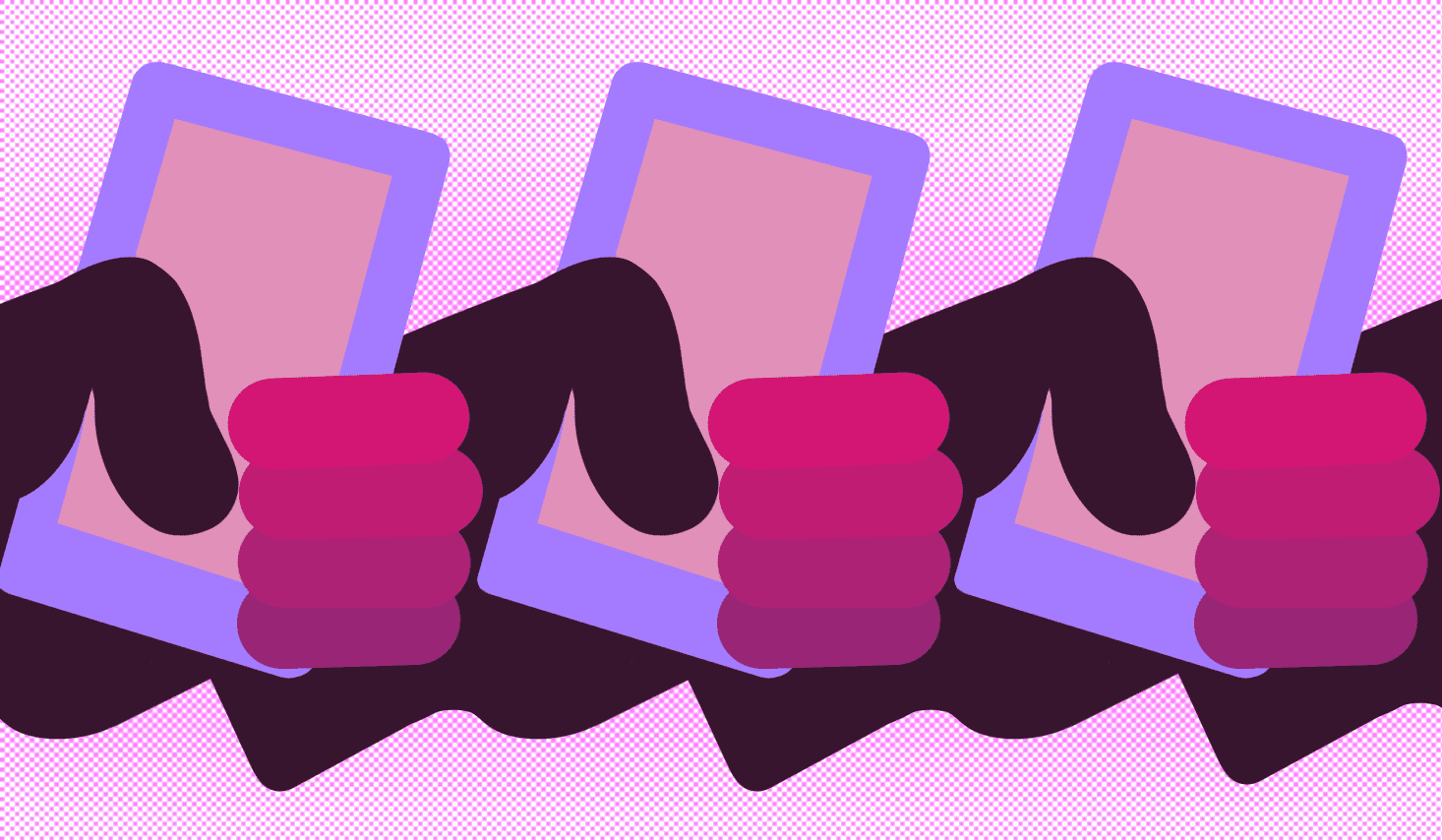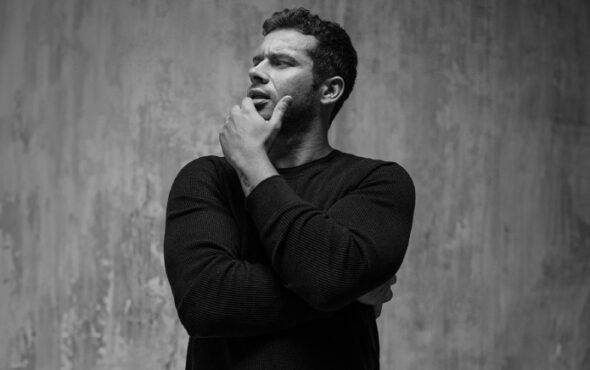
Is social media activism performative or does it help enable vital change online? These types of questions have bombarded the web as digital activism has continued to make its mark on the internet. Whether you want to label it “clicktivism” or “slacktivism”, online spaces have become the latest virtual battleground for debates, idea sharing and online petitions. Whether it’s discussions surrounding Pride or the resurgence of the Black Lives Matter (BLM) movement, social media is one of the first tools eagerly utilised. Thanks to its eminently accessible platform and real-time viral moments, digital activism has become the new method for spreading political messages at a wildfire rate.
While many that get involved in online activism strive to share information or the messages of a cause, continuing questions begin to arise on whether this form of circulating ideas is sustainable or effective. In an era of social media, we must consider whether this new wave of activism contributes to the commodification of online platforms or if sharing infographics are simply painting the illusion of change. There is no crystal-cut answer, but GAY TIMES spoke to online users and activists (Farah Ahmed, Thiziri Boussaid, Mishti Ali, and Jay Hawkridge) to hear their perspectives on online activism and its impact.
“As a climate justice activist, the digital sphere has allowed me to meet and create bonds with people from all over the world. It means I can hear from people directly at the frontlines of climate impacts or state-sanctioned violence in real time,” Farah, 31, explains. “I can use my platform to share those people’s stories and support campaigns. I think it democratises information, makes it more accessible, and makes it much harder for the powerful to sanitise or dispute.”
Sharing a similar sentiment, Thiziri, 18, from Worcestershire agrees and reflects on her own experiences as an online activist and environmental campaigner: “Digital activism can be far more accessible for certain people. For example, it can be quite difficult for someone like me to do activism not tied to my hometown without the internet. If it wasn’t for digital activism, I wouldn’t have joined UKSCN and Teach the Future (TTF).” For Thiziri, the internet has enabled wider conversation around social causes that may not have received similar attention elsewhere. “Digital activism is incredibly intertwined with environmental and racial justice activism – I don’t think without the internet we would have seen that many people protesting for climate justice and racial justice, therefore I do overall believe that digital activism can sincerely support a social cause.”
Mishti, 20, a freelance journalist and student outlines her faith in digital activism. For them, digital activism can redirect users to mutual aid funds and protest guides which leads to real time change. However, they also understand the drawback of the lack of fact-checking and misinformation online. “There’s nothing wrong with people who aren’t used to getting involved with activism trying to do what they can! […] However, ensuring that work is rooted in research is pivotal,” they tell GAY TIMES. “The accessibility of digital activism is great, so long as it’s combined with the knowledge of those who have spent time on the ground already. When those activists’ criticism is being dismissed whilst a progressive online presence is prioritised, we risk digital activism becoming performative and even slipping into being counterproductive.”
The accessibility of digital activism is great, so long as it’s combined with the knowledge of those who have spent time on the ground
Jay, an LGBTQ+ activist that actively speaks out on HIV awareness and education, sees digital activism as a medium of political “marketing” that can educate and impact audiences. “The creative free-play involved means audiences can be impacted in an engaging and stimulating way; however, the core meaning must stay,” he outlines. “The reason for what you’re promoting, the awareness, or education, has to be at the root, otherwise, it can easily come off as simply a tool being utilised to grow someone’s brand, for example. It can quite easily appear cheap.”
As social media and digital activism continue to grow hand in hand, a key resource for online figureheads is to utilise tools (hashtags, infographics, or social media chain posts) that aid in amplifying messages. The concern surrounding the performatism of genuine activism often calls into question the sincerity of an Instagram carousel or a one-off post laden with hashtags. GAY TIMES asks the activists and individuals how they feel about the popularised methods of sharing information online.
If all you do is share those infographics – that is performative because all you’re doing is showing to your followers that you “care” about that subject
“I learn a lot from infographics and chain posts on social media but I think their usefulness depends on the call to action at the end,” Farah says, but she continues to question whether these creative assets have “the actual power” to make systemic change. Thiziri acknowledges that there’s not a “yes or no answer” response to this question as infographics can serve as educational resources. “If all you do is share those infographics – that is performative because all you’re doing is showing to your followers that you ‘care’ about that subject without actually engaging in anything outside of that post (aka slacktivism),” she tells GAY TIMES.
This said, there needs to be nuance when considering the social impact of these online tools. “With hashtags, #MeToo was incredibly important in raising awareness of how prevalent sexual harassment and assault is against women; #BlackLivesMatter is also incredibly crucial for modern-day racial justice – highlighting police brutality to most people,” Thiziri adds. “But there is a danger of both infographics and hashtags being severely misused, in the case of #Savethechildren being co-opted by QANON conspiracy theorists with the same pretty infographics that you see on useful, anti-racist and feminist posts.”
Likewise, Jay, an activist who relies on engaging posts across Twitter and Instagram, addresses how videos and online content can be useful when “utilised in the appropriate way”. Jay views infographics on Instagram as an incredibly accessible and powerful method to share a message. “The beauty of digital activism is that it’s online 24/7, so audiences don’t have to be in a certain physical space or listening/watching at a particular time to hear the message,” he says. “When the right causes are rallied, such as the organising of the worldwide George Floyd memorial tributes, digital activism is beyond a powerful tool to express humanity.” On the frontlines of digital activism, Jay has also seen how online tools can be used to undermine progressive causes, particularly in the educational HIV space. “When the core meaning is based on fear-mongering, like the recent rumour that people in British nightclubs were being ‘spiked with HIV’, it becomes digital ‘activism’, which often has its own agenda. It easily becomes damaging, and even detrimental to actual activism.”
The beauty of digital activism is that it’s online 24/7
In October 2021, UK drug spiking hit the news with many alleged claims that people were reporting HIV positive results after being assaulted in nightclubs. For Jay, digital activism, in this instance, struggled to work in favour of ensuring a positive narrative in respect to HIV as it was drowned out by the media frenzy of reports and online users stigmatising people with HIV. “As someone both living with HIV and as an activist for awareness, education and prevention, the sheer news that within 24 hours of the alleged ‘HIV transmission’ people were claiming positive results was not just scientifically inaccurate but harmful to everybody living with HIV,” Jay recalls. “This not only aligned people living with HIV as perpetrators of violence and ‘recklessness’, which is already a huge stigma, but did nothing to educate people on the realities of HIV, or to solve the actual issue of the spiking.” The rapid focus on the spiking and negative views of HIV led to online comments that reinforced misconceptions that activists, like Jay, have spent years combating. “It was blindsiding to see how easily people were using the spiking to rally against the LGBTQI+ & HIV communities, who both had no part in the spikings.”
Digital activism and its methods remain divisive. For Farah, Stop Cambo remains a great example of a recent successful digital campaign, which was also really rooted in activity happening on the ground. Stop Cambo’s goal was to stop the UK government from approving new fossil fuel infrastructure in the lead up to COP26. “They had an online petition, templates for writing to your MP, a list of MPs who had backed the oil fields, and videos and content to share on socials,” she explains. “All of their online content went hand-in-hand with mobilising in person, making it as politically unviable as possible for this new infrastructure to go ahead.” The outcome of Stop Cambo was successful and work on the oil field was temporarily paused.
Alongside its successes, there are key lessons to be learned on how the methods of digital activism can be further refined to ensure a positive outcome. When we consider a case study of online activism that was “unsuccessful”, our minds might be cast to summer June 2020 aka Blackout Tuesday; a rallying online initiative to draw attention to the Black Lives Matter movement became a contested method of drawing attention to police brutality in the US. “The summer of black squares to ‘support BLM’ on Instagram was performative. It didn’t ask anything of the people posting, it didn’t challenge power, and it drowned out posts by the people who were trying to share the realities of the violence being inflicted upon them,” Farah explains, highlighting the shortcomings of an online-only initiative. “In the climate space, I watch lots of adults sharing posts about how Greta Thunberg will ‘save us’ or the power of her neurodiversity, while never joining a school strike (if they can), or making space for other neurodiverse or young people at their conferences or in their workplaces. Our online likes and shares have to translate into real action offline.”
Mishti also agrees on the unsuccessful outcome of Blackout Tuesday. “People took to social media to post black squares in solidarity with Jamila Thomas and Brianna Agyemang, two Black women who set up the #theshowmustbepaused campaign to draw attention to the treatment of Black creatives in the music industry,” they tell GAY TIMES. For them, the crucial oversight with the social media campaign was how mass posting black square posts would overshadow any pro-BLM content that would educate users. “[The] use of the BLM hashtag meant that crucial information was being hidden on social media behind seas of emptiness. Infographics on how to deal with being detained by police, how to protest safely, and resources for mutual aid and legal aid became increasingly difficult to access via the appropriate hashtags.”
As many first-time protestors were using social media to pick up key information and protest locations, it left many stuck on where to find resources, where to attend rallies, or on the ground updates. “Given the violent opposition that the protests faced, this had the potential to be life-threatening. Many of those posting did not themselves understand the roots of the trend, either, yet whether or not one had posted became a kind of moral marker. It’s important to ensure that activism retains its meaning, rather than becoming a game of Telephone wherein the original purpose is lost,” Mishti adds.
Without the internet, I don’t think people would have as much awareness of non-binary and gender nonconforming identities, which has let people discover who they are – I think that’s a huge success.
Digital activism and its tactics have proven effective in some cases. A most notable recent occasion would be the online efforts of Britney Spears’ fanbase. With increasing online pressure, fans and supporters ensured the topic of the megastar’s conservatorship remained in the headlines and on global news. Thiziri, who lives in a rural area, was able to see the impact digital activism had on spearheading the cause. “#FreeBritney came from mostly digital activism and she was freed from her conservatorship because of the attention the internet gave it – but she couldn’t have been freed from her conservatorship without bringing the issue into real world institutions (courts),” she tells GAY TIMES. “I do think that is a case that shows digital activism can work. Without the internet, I don’t think people would have as much awareness of non-binary and gender nonconforming identities, which has let people discover who they are – I think that’s a huge success.”
The effectiveness of digital activism will remain debated, after all, it’s not a method that will directly solve all ongoing social issues. But, it’s an activist strategy that can be utilised to provide powerful outcomes. With online territory, there is always a risk of activism being branded as woke aesthetic, but it’s a rapidly evolving world that has enabled our community to learn more and advocate for greater change. “A key issue with digital activism is that, as with everything that occurs online, it occurs in cycles of trends. It may work in bringing attention to certain issues, as with Rihanna tweeting about India’s farmer protests in 2021, which shone a spotlight on the struggles of minorities under Modi,” Mishti shares. Activism and radical change inevitably takes time and viral posts will offer a small contribution to a grand cause, but it cannot be expected to do all the leg work. “Digital activism is such a broad spectrum, that whilst it’s easy to tar it all with the same brush, to do so would be grossly unfair to those who have devoted time and effort to make the world a better place.” There’s no guarantee whether digital activism is guaranteed to work, but as online users continue to be more thoughtful with their contributions to digital content, we can hope to see the internet become better at enabling change.



